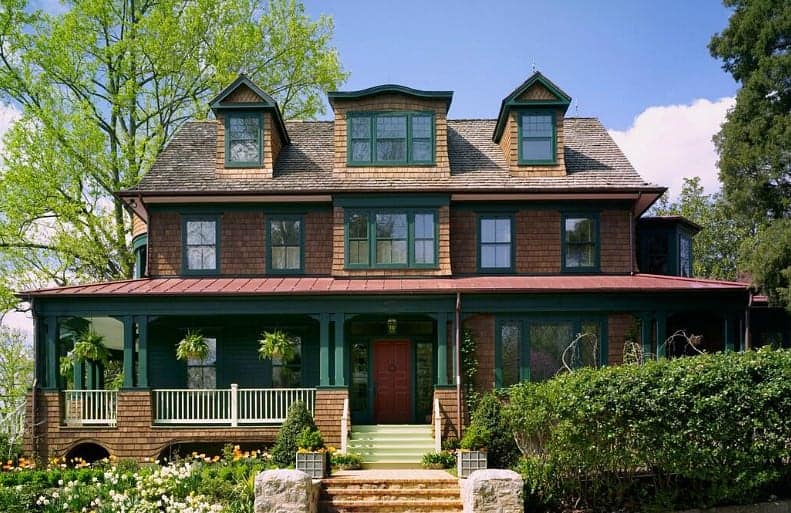Does Your House Need Underpinning?
You may think of underpinning your Melbourne house because you have seen large cracks. You may also consider underpinning because your neighbor has done the same, or maybe you want your home fixed right away because a random salesperson advised so.
Before hiring an underpinning contractor, it’s advisable to have the house assessed by a structural engineer and advice whether underpinning is required and any other necessary repairs.

Underpinning assists in stabilizing a house that has settled. If the foundation is faulty, the house may have an uneven floor or there may be large cracks in the walls.
However, underpinning may not be the best solution to fix all house settling problems. In most cases, underpinning is used to fix a settled foundation that may not reverse over time.
With that said, how will you know whether your house requires underpinning rather than other crack repair methods? Read on to find out.
An Introduction to Underpinning
Before discussing underpinning in detail, it’s important to know what underpinning is all about.
Underpinning involves adding extra footings beneath and beside the foundation of a house such that the foundation will be supported on more stable soil than the soil it’s currently sitting on.
Thus, underpinning is done to make existing footings stronger, more stable, and solid such that they won’t move or settle.
Underpinning should only be handled by a licensed construction company that specializes in underpinning. A qualified home builder can also install underpins.
Does My House Require Underpinning?
Large cracks appearing in the floors, ceiling, and walls are signs of possible house settling. Underpinning is ideal for use when a building is constructed on loose or soft soil, especially on an uncontrolled fill.
In case the footings of the building were not installed deeply enough during the original construction, they may move or settle.
Underpins will be inserted to make the house more stable. Underpins are also used to lift a settled house back to its original level.
Sometimes, damages in the house may result from uneven moisture levels in the soil that will cause uneven shrinking and swelling of clay soil. Such movement is often seasonal and reversible. Underpinning isn’t recommendable for dealing with issues related to the movement of reactive clay.
How Will I Know Whether My House Requires Underpinning?
Underpinning contractors are not the right professionals to ask whether your house requires underpinning. They will most probably tell you that it’s required.
However, a reputable underpinning contractor will advise you to seek assistance from a licensed structural engineer.
A structural engineer will advise you on whether underpinning is the best solution. Thus, seek a professional opinion before starting such an expensive project.
A structural engineer will only know whether your house requires underpinning upon doing the following:
- Inspecting your house
- Assessing the movement and establishing that it’s indeed resulting from problems associated with loose soil
- Arranging for a soil test from a geotechnical report and reading the soil test report
- Recording the floor levels in your home to determine the reason for the damages
- Eliminating other possible causes of the movement and determining that the best option to stabilize your home permanently is underpinning
Is Underpinning Necessary For Your Home?
The first thing you should do is to have your home assessed by a licensed structural engineer. Only work with an engineer who is independent and qualified.
Although such an engineer may cost you more, you’ll be assured of a genuine report. Thus, do thorough research to ensure than the engineer you’re hiring is qualified for the job.
Upon getting the engineer’s and soil test reports, and they recommend underpinning, you can proceed to get quotes from several underpinning contractors. Compare their quotes and settle on the best contractor.
Resin Injection versus Concrete Underpinning
If you’re considering resin injection as the method to be used to level your settled building before any assessment is done by an experienced structural engineer, it means you’re ready to pay for an expensive method.
Resin injection method is a short-term solution. It’s quite expensive and can lead to irreversible issues.
By asking a resin injection specialist on whether they can fix your foundation and cracks in the walls or floors of your home, they’ll most likely tell you that they can do it just to get your money.
However, resin injection isn’t the right method to fix settled footings or slab resulting from loose soil. If you apply the resin injection method when not needed, you’ll have yourself to blame since it’ll cause irreversible soil changes.
Your Best Action Plan
In case your house is settling or moving, the best thing to do is to contact an experienced structural engineer in your local area to come and inspect your home and recommend the best solution for the problem.
Once you get the engineer’s report, you can go ahead to hire a contractor who specializes in offering the solution recommended. If the engineer’s report recommends underpinning, then hire an underpinning specialist.
Also read:


